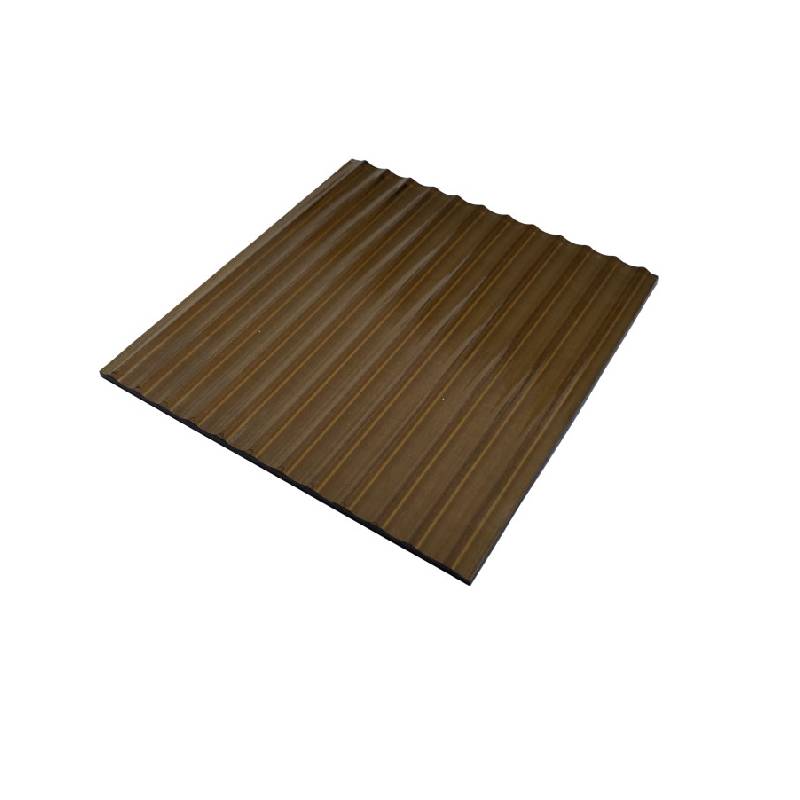The Float Glass Sharpening System Revolutionizing Glass Processing
The float glass process is integral to the modern glass industry, providing a method to create high-quality, flat glass suitable for a variety of applications. One of the critical components of this production method is the float glass sharpening system. This innovative technology streamlines the finishing process, ensuring that glass products meet stringent quality standards while enhancing efficiency.
Understanding Float Glass Production
The float glass manufacturing process involves melting raw materials, including silica sand, soda ash, and limestone, in a furnace to produce molten glass. This glass is then floated on a layer of molten tin, creating a uniform thickness and a smooth surface. Once cooled, the glass is cut into sheets, which can be further processed for various applications, such as window panes, mirrors, and automotive glass.
However, throughout this process, achieving the desired edge finish is essential. Traditional methods of glass edging often involve manual labor and can be time-consuming, leading to inconsistencies in product quality. This is where the float glass sharpening system plays a pivotal role.
The Float Glass Sharpening System Explained
The float glass sharpening system uses advanced technology to automate the edge finishing process. By employing precision machinery, it can grind and polish the edges of glass sheets with remarkable accuracy. This not only reduces the time required for finishing but also minimizes the waste that occurs during manual processes.
At the heart of the system are diamond grinding wheels and CNC (Computer Numerical Control) technology. These components work together to ensure that every edge is perfectly shaped and smoothed to meet specific tolerances. The CNC system allows for programmed dimensions, reducing human error and ensuring consistency across batches of glass. As a result, manufacturers can produce higher volumes of glass with a superior finish.
float glass sharpening system
Benefits of the Sharpening System
1. Quality Consistency One of the most significant advantages of using a float glass sharpening system is the enhanced quality of the finished product. Automated processes ensure that every piece of glass meets predefined standards, reducing the occurrence of defects.
2. Increased Efficiency The time saved in edge processing directly leads to increased productivity. What once required multiple manual steps can now be completed in a fraction of the time, allowing manufacturers to focus on scaling production.
3. Cost-Effectiveness Although the initial investment in a modern sharpening system may be substantial, the long-term savings in labor costs and material waste make it a wise financial decision. Manufacturers can achieve better margins while maintaining competitive pricing.
4. Environmental Impact By reducing waste and optimizing the use of raw materials, the float glass sharpening system contributes to more sustainable production practices, aligning with the industry’s growing focus on environmental responsibility.
Conclusion
The float glass sharpening system represents a significant advancement in glass processing technology. By automating the edge finishing process, manufacturers not only enhance product quality but also improve efficiency and reduce costs. As this technology evolves, it will continue to play a critical role in meeting the demands of an ever-expanding market for flat glass products.
Ultimately, the integration of sophisticated systems like the float glass sharpening technology underlines the importance of innovation in manufacturing processes. As industries strive for excellence in quality and sustainability, these modern solutions will be paramount in shaping the future of glass production.
 Afrikaans
Afrikaans  Albanian
Albanian  Amharic
Amharic  Arabic
Arabic  Armenian
Armenian  Azerbaijani
Azerbaijani  Basque
Basque  Belarusian
Belarusian  Bengali
Bengali  Bosnian
Bosnian  Bulgarian
Bulgarian  Catalan
Catalan  Cebuano
Cebuano  Corsican
Corsican  Croatian
Croatian  Czech
Czech  Danish
Danish  Dutch
Dutch  English
English  Esperanto
Esperanto  Estonian
Estonian  Finnish
Finnish  French
French  Frisian
Frisian  Galician
Galician  Georgian
Georgian  German
German  Greek
Greek  Gujarati
Gujarati  Haitian Creole
Haitian Creole  hausa
hausa  hawaiian
hawaiian  Hebrew
Hebrew  Hindi
Hindi  Miao
Miao  Hungarian
Hungarian  Icelandic
Icelandic  igbo
igbo  Indonesian
Indonesian  irish
irish  Italian
Italian  Japanese
Japanese  Javanese
Javanese  Kannada
Kannada  kazakh
kazakh  Khmer
Khmer  Rwandese
Rwandese  Korean
Korean  Kurdish
Kurdish  Kyrgyz
Kyrgyz  Lao
Lao  Latin
Latin  Latvian
Latvian  Lithuanian
Lithuanian  Luxembourgish
Luxembourgish  Macedonian
Macedonian  Malgashi
Malgashi  Malay
Malay  Malayalam
Malayalam  Maltese
Maltese  Maori
Maori  Marathi
Marathi  Mongolian
Mongolian  Myanmar
Myanmar  Nepali
Nepali  Norwegian
Norwegian  Norwegian
Norwegian  Occitan
Occitan  Pashto
Pashto  Persian
Persian  Polish
Polish  Portuguese
Portuguese  Punjabi
Punjabi  Romanian
Romanian  Russian
Russian  Samoan
Samoan  Scottish Gaelic
Scottish Gaelic  Serbian
Serbian  Sesotho
Sesotho  Shona
Shona  Sindhi
Sindhi  Sinhala
Sinhala  Slovak
Slovak  Slovenian
Slovenian  Somali
Somali  Spanish
Spanish  Sundanese
Sundanese  Swahili
Swahili  Swedish
Swedish  Tagalog
Tagalog  Tajik
Tajik  Tamil
Tamil  Tatar
Tatar  Telugu
Telugu  Thai
Thai  Turkish
Turkish  Turkmen
Turkmen  Ukrainian
Ukrainian  Urdu
Urdu  Uighur
Uighur  Uzbek
Uzbek  Vietnamese
Vietnamese  Welsh
Welsh  Bantu
Bantu  Yiddish
Yiddish  Yoruba
Yoruba  Zulu
Zulu 

